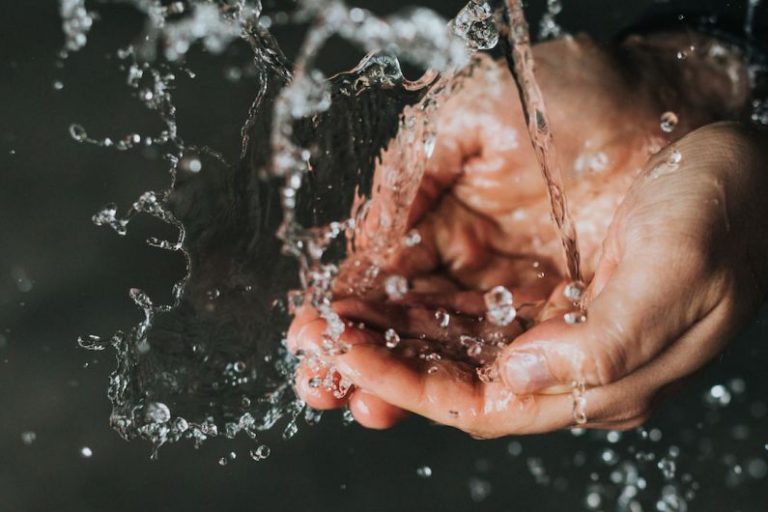The Role of Art in Promoting Social Causes
Art has always played a significant role in society, with artists using their creativity to express ideas, provoke emotions, and ignite conversations. Beyond its aesthetic value, art has the power to promote social causes and bring about positive change. From raising awareness about environmental issues to advocating for human rights, art has the ability to transcend boundaries and inspire action. In this article, we will explore the various ways in which art can be a catalyst for social change.
Inspiring Empathy and Understanding
Art has the unique ability to immerse its viewers in the experiences and perspectives of others. Through visual art, such as paintings and sculptures, artists can depict the struggles and challenges faced by marginalized communities. By capturing the emotions and stories of these individuals, art can generate empathy and promote understanding among different groups of people.
One powerful example of this is the work of Mexican painter Frida Kahlo. Through her self-portraits, Kahlo brought attention to the physical and emotional pain she endured as a result of a debilitating bus accident. Her paintings not only allowed her to express her own struggles but also served as a voice for other individuals who experienced similar hardships. By shedding light on her personal experiences, Kahlo was able to create a sense of empathy and understanding among her viewers, ultimately promoting a more inclusive society.
Creating Awareness and Sparking Dialogue
Art has the ability to shed light on social issues that may otherwise go unnoticed. Whether through paintings, installations, or performance art, artists can bring attention to pressing problems in society. By using visual metaphors and symbolism, artists can communicate complex ideas and encourage viewers to think critically and engage in meaningful conversations.
One example of this is the work of Chinese artist Ai Weiwei. Known for his politically charged installations, Ai Weiwei has used his art to draw attention to issues such as government corruption and human rights violations. Through his thought-provoking pieces, such as “Sunflower Seeds” and “Forever Bicycles,” Ai Weiwei has sparked dialogue and raised awareness about these important social issues on a global scale.
Mobilizing Action and Advocacy
Beyond raising awareness, art can also inspire action and advocacy. Through creative expressions, artists can motivate individuals to take a stand, participate in social movements, and support causes they believe in. Art has the power to ignite passion and instigate change by challenging societal norms and encouraging individuals to question the status quo.
One inspiring example of this is the street art movement. Street artists around the world have used their talent to create powerful murals and graffiti that address social and political issues. These vibrant and eye-catching artworks not only beautify public spaces but also serve as a call to action. By occupying public spaces and engaging with the community, street art has the potential to inspire individuals to become active participants in social causes.
In conclusion, art is an essential tool in promoting social causes. It has the power to inspire empathy, raise awareness, spark dialogue, and mobilize action. Through visual expressions, artists can bring attention to pressing issues, shed light on marginalized communities, and challenge societal norms. As we continue to face numerous social challenges, art remains a powerful medium for promoting positive change and creating a more inclusive and compassionate society.






